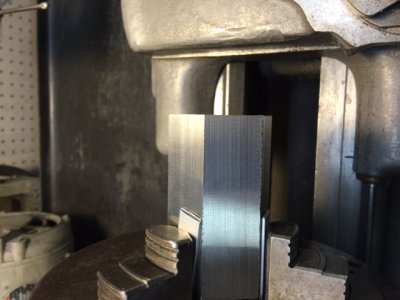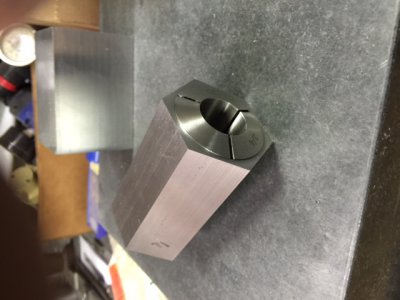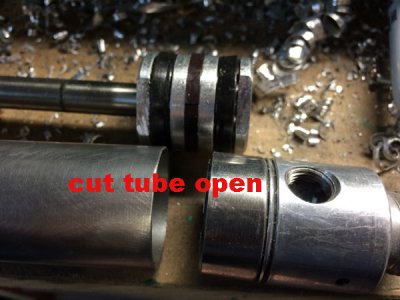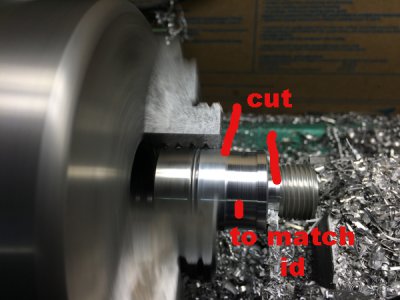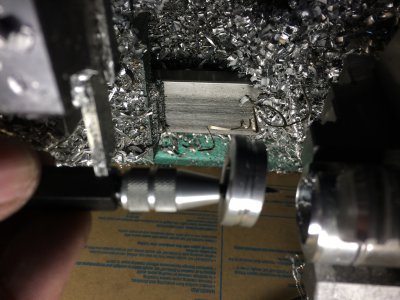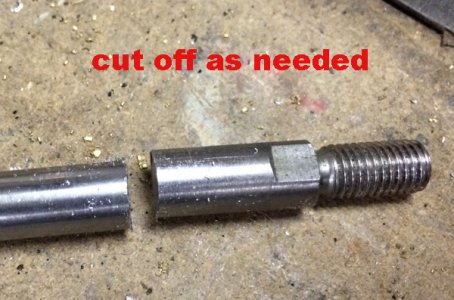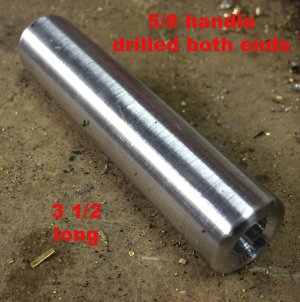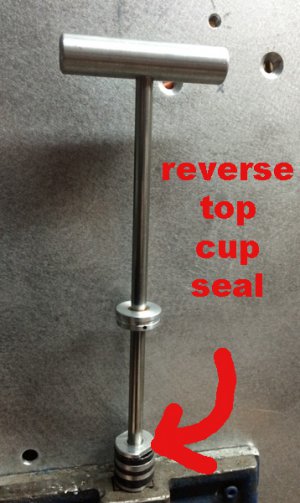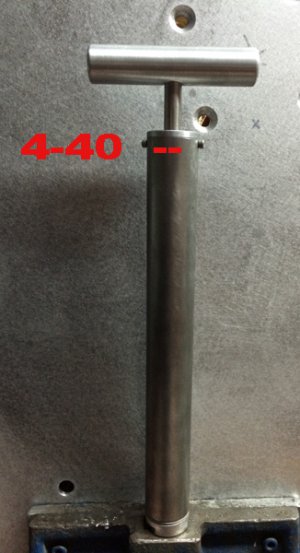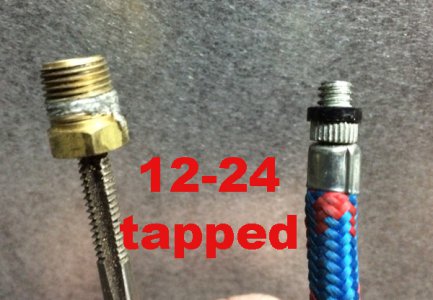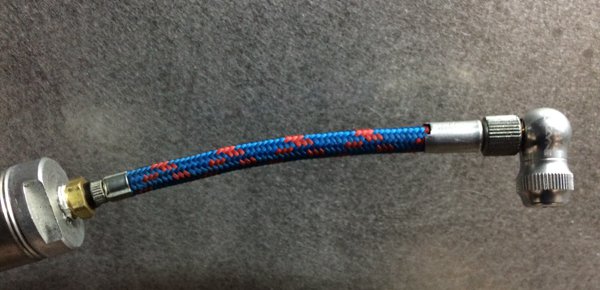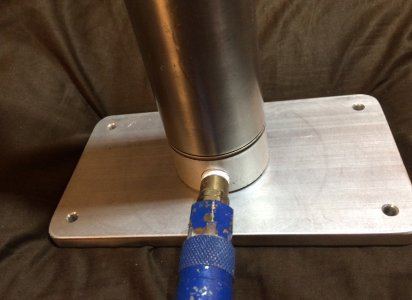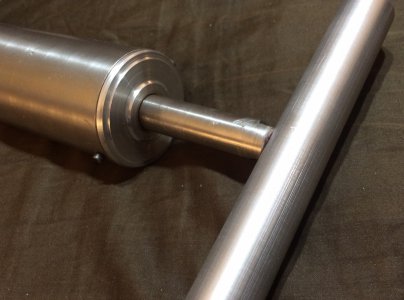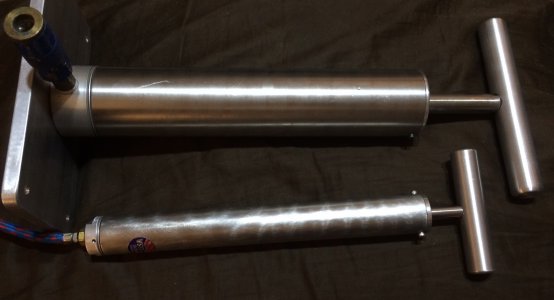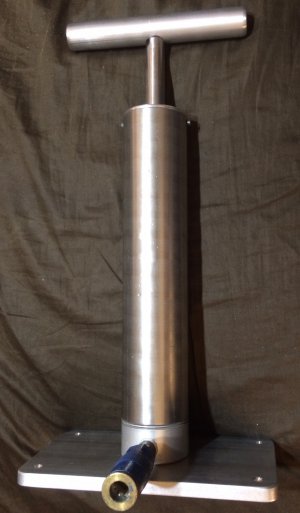- Joined
- Feb 19, 2013
- Messages
- 220
You are correct about thermal runaway - different colors of leds have different voltage drops - red has the least at about 2 volts - white has about 3.3v - just be cautious about wiring leds in series - there is a led calculator that is available on the web for both 1 LED, series LED, and Parallel LED =
http://ledz.com/?p=zz.led.resistor.calculator Hope this helps for those who don't live and breathe LED's!
http://ledz.com/?p=zz.led.resistor.calculator Hope this helps for those who don't live and breathe LED's!


